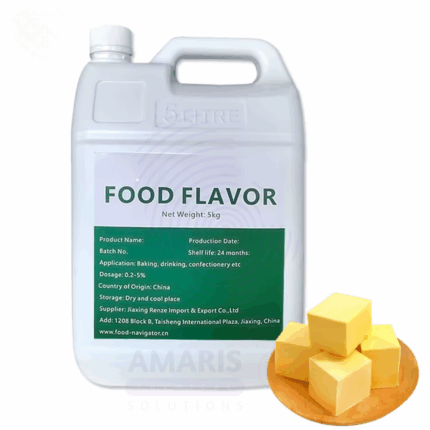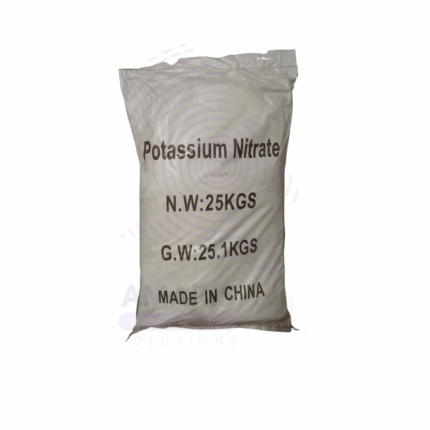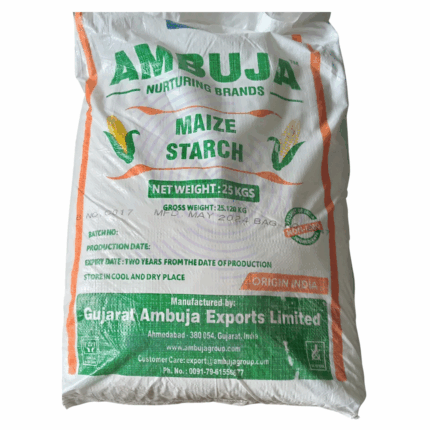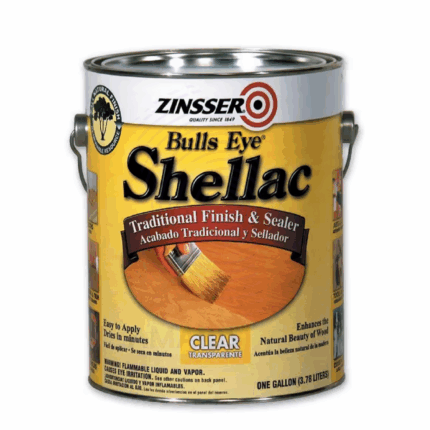
Sucrose (25kg)
Sucrose, commonly known as table sugar, is a natural disaccharide composed of glucose and fructose. It is a widely used sweetening agent in food and beverages, known for its clean, sweet taste and excellent solubility in water. Supplied in 25kg bags, sucrose serves as a key ingredient in cooking, baking, and industrial applications. It also functions as a preservative, texture enhancer, and fermentation substrate in various industries.
Primary Uses
Food & Beverage Industry
Sweetening Agent: Used extensively in confectionery, bakery products, beverages, dairy, and processed foods to impart sweetness and improve flavor.
Preservative: Acts as a natural preservative in jams, jellies, and syrups by reducing water activity.
Fermentation Substrate: Provides fermentable sugar in brewing, distilling, and bioethanol production.
Texture & Bulk Enhancer: Adds body, texture, and mouthfeel in baked goods, chocolates, and sauces.
Pharmaceutical Industry
Excipient: Used as a filler and sweetener in tablets, syrups, and chewable medications to mask bitterness.
Oral Care Products: Incorporated in cough syrups and lozenges.
Secondary Uses
Cosmetics & Personal Care
Exfoliant: Used as a natural scrub in skin care products.
Humectant: Helps retain moisture in lotions and creams.
Industrial Applications
Fermentation Industry: Raw material for microbial fermentation producing organic acids, enzymes, and other biochemicals.
Food Packaging: Used in edible coatings and films.
Animal Feed
Energy Source: Added as a carbohydrate source in animal feed formulations.
Basic Identification Attributes
Chemical Name (IUPAC): β-D-Fructofuranosyl α-D-glucopyranoside
Common/Trade Name: Sucrose
CAS Number: 57-50-1
HS Code: 1701.99.00
Synonyms: Table sugar, Cane sugar, Beet sugar
Physical & Chemical Properties
Physical State: White crystalline granules
Color & Odor: White; odorless
Melting Point: 186 °C (decomposes)
Solubility: Highly soluble in water; insoluble in ethanol
Density: Approx. 1.59 g/cm³
Safety & Hazard Attributes
GHS Classification: Not classified as hazardous
Toxicity: Non-toxic; safe under normal handling and consumption
Exposure Limits: No established occupational limits
Storage & Handling Attributes
Storage Conditions: Store in cool, dry, well-ventilated area, away from moisture and contaminants
Container Type: 25kg bags, typically food-grade kraft paper or polypropylene
Shelf Life: 24 months under proper storage conditions
Handling Precautions: Avoid moisture exposure to prevent clumping; use dust control measures
Regulatory & Compliance Attributes
Complies with FDA, EFSA, and international food safety standards
Produced according to Good Manufacturing Practices (GMP)
Meets ISO 9001 quality management standards
Suitable for use in food, beverage, pharmaceutical, and cosmetic applications
Environmental & Health Impact
Biodegradability: Readily biodegradable
Ecotoxicity: Low environmental impact; natural substance
Bioaccumulation: Not significant
PPE Required: Gloves and dust mask recommended if dusty
Handling Guidelines: Use adequate ventilation to minimize dust exposure
Storage Measures: Keep containers sealed and dry
First Aid Measures
Inhalation: Move to fresh air if respiratory irritation occurs
Skin Contact: Wash with water if irritation develops
Eye Contact: Flush with water for 15 minutes; seek medical attention if irritation persists
Ingestion: Non-toxic; no special treatment required
Firefighting Measures
Fire Hazards: Combustible dust may pose explosion hazard in confined spaces
Extinguishing Media: Use water spray, foam, dry chemical, or CO₂ extinguishers
Hazardous Combustion Products: Carbon monoxide and carbon dioxide


 Preservatives(food)
Preservatives(food) Flavor Enhancers
Flavor Enhancers Acidulants
Acidulants Sweeteners
Sweeteners Antioxidants
Antioxidants Colorants(food)
Colorants(food) Nutraceutical Ingredients (food)
Nutraceutical Ingredients (food) Nutrient Supplements
Nutrient Supplements Emulsifiers
Emulsifiers
 Collectors
Collectors Dust Suppressants
Dust Suppressants Explosives and Blasting Agents
Explosives and Blasting Agents Flocculants and Coagulants
Flocculants and Coagulants Frothers
Frothers Leaching Agents
Leaching Agents pH Modifiers
pH Modifiers Precious Metal Extraction Agents
Precious Metal Extraction Agents
 Antioxidants(plastic)
Antioxidants(plastic) Colorants (Pigments, Dyes)
Colorants (Pigments, Dyes) Fillers and Reinforcements
Fillers and Reinforcements Flame Retardants
Flame Retardants Monomers
Monomers Plasticizers
Plasticizers Polymerization Initiators
Polymerization Initiators Stabilizers (UV, Heat)
Stabilizers (UV, Heat)
 Antifoaming Agents
Antifoaming Agents Chelating Agents
Chelating Agents Coagulants and Flocculants
Coagulants and Flocculants Corrosion Inhibitors
Corrosion Inhibitors Disinfectants and Biocides
Disinfectants and Biocides Oxidizing Agents
Oxidizing Agents pH Adjusters
pH Adjusters Scale Inhibitors( water)
Scale Inhibitors( water)
 Antioxidants(cosmetic)
Antioxidants(cosmetic) Emollients
Emollients Fragrances and Essential Oils
Fragrances and Essential Oils Humectants
Humectants Preservatives
Preservatives Surfactants(cosmetic)
Surfactants(cosmetic) Thickeners
Thickeners UV Filters
UV Filters
 Fertilizers
Fertilizers Soil Conditioners
Soil Conditioners Plant Growth Regulators
Plant Growth Regulators Animal Feed Additives
Animal Feed Additives Biostimulants
Biostimulants Pesticides (Herbicides, Insecticides, Fungicides)
Pesticides (Herbicides, Insecticides, Fungicides)
 Active Pharmaceutical Ingredients (APIs)
Active Pharmaceutical Ingredients (APIs) Excipients
Excipients Solvents(pharmaceutical)
Solvents(pharmaceutical) Antibiotics
Antibiotics Antiseptics and Disinfectants
Antiseptics and Disinfectants Vaccine Adjuvants
Vaccine Adjuvants Nutraceutical Ingredients (pharmaceutical)
Nutraceutical Ingredients (pharmaceutical) Analgesics & Antipyretics
Analgesics & Antipyretics
 Analytical Reagents
Analytical Reagents Solvents(lab)
Solvents(lab) Chromatography Chemicals
Chromatography Chemicals Spectroscopy Reagents
Spectroscopy Reagents microbiology-and-cell-culture-reagents
microbiology-and-cell-culture-reagents Molecular Biology Reagents
Molecular Biology Reagents Biochemical Reagents
Biochemical Reagents Inorganic and Organic Standards
Inorganic and Organic Standards Laboratory Safety Chemicals
Laboratory Safety Chemicals Specialty Laboratory Chemicals(Special Laboratory Equipment)
Specialty Laboratory Chemicals(Special Laboratory Equipment)
 Demulsifiers
Demulsifiers Hydraulic Fracturing Fluids
Hydraulic Fracturing Fluids Scale Inhibitors(oil)
Scale Inhibitors(oil) Surfactants(oil)
Surfactants(oil) Drilling Fluids
Drilling Fluids
 Dyes and Pigments
Dyes and Pigments Bleaching Agents
Bleaching Agents Softening Agents
Softening Agents Finishing Agents
Finishing Agents Antistatic Agents
Antistatic Agents
 Admixtures
Admixtures Waterproofing Agents
Waterproofing Agents Sealants and Adhesives
Sealants and Adhesives Curing Compounds
Curing Compounds Concrete Repair Chemicals
Concrete Repair Chemicals Anti-Corrosion Coatings
Anti-Corrosion Coatings
 Surfactants(cleaning)
Surfactants(cleaning) Builders
Builders Enzymes
Enzymes Solvents (Cleaning)
Solvents (Cleaning) Fragrances
Fragrances
 Electronic Chemicals
Electronic Chemicals Catalysts
Catalysts Lubricants
Lubricants Photographic Chemicals
Photographic Chemicals Refrigerants
Refrigerants Automotive chemicals
Automotive chemicals Pyrotechnic Chemicals
Pyrotechnic Chemicals
 Biodegradable Surfactants
Biodegradable Surfactants Bio-based Solvents
Bio-based Solvents Renewable Polymers
Renewable Polymers Carbon Capture Chemicals
Carbon Capture Chemicals Wastewater Treatment Chemicals
Wastewater Treatment Chemicals
 Pigments
Pigments Solvents(paint)
Solvents(paint) Specialty Coatings
Specialty Coatings Binders/Resins
Binders/Resins Additives
Additives Driers
Driers Anti-Corrosion Agents
Anti-Corrosion Agents Functional Coatings
Functional Coatings Application-Specific Coatings
Application-Specific Coatings
 Fresh Herbs
Fresh Herbs Ground Spices
Ground Spices Whole Spices
Whole Spices Spice Blends
Spice Blends Dried Herbs
Dried Herbs
 Leavening Agents
Leavening Agents Dough Conditioners
Dough Conditioners Flour Treatments
Flour Treatments Fat Replacers
Fat Replacers Decoratives
Decoratives Preservatives(baking)
Preservatives(baking)
 Plasticizers & Softeners
Plasticizers & Softeners Reinforcing Agents
Reinforcing Agents Adhesion Promoters
Adhesion Promoters Vulcanizing Agents
Vulcanizing Agents Antidegradants
Antidegradants Blowing Agents
Blowing Agents Fillers & Extenders
Fillers & Extenders Accelerators & Retarders
Accelerators & Retarders























